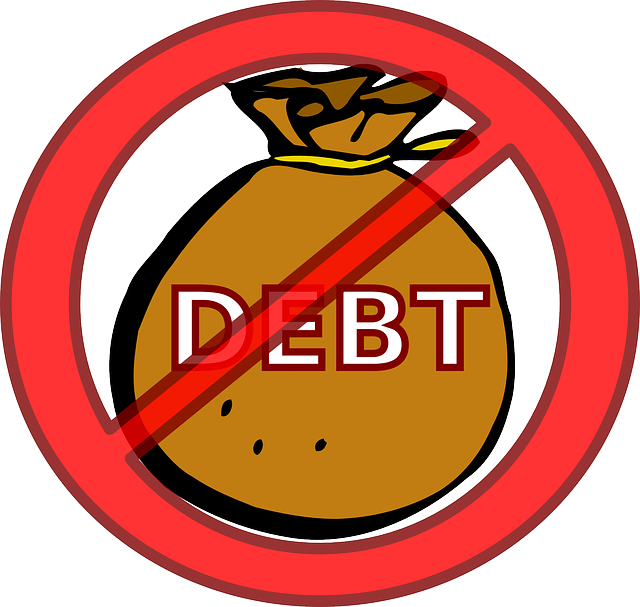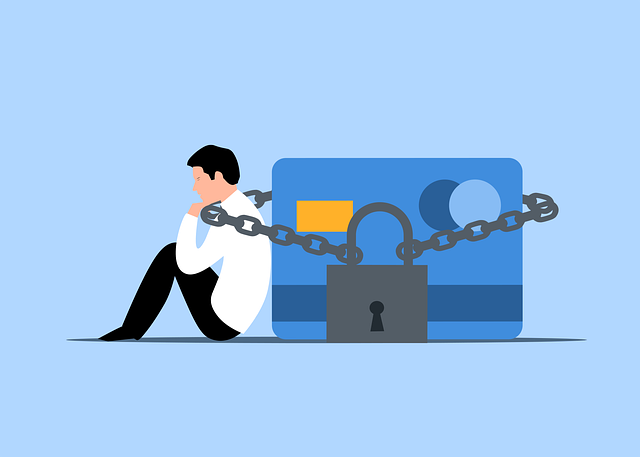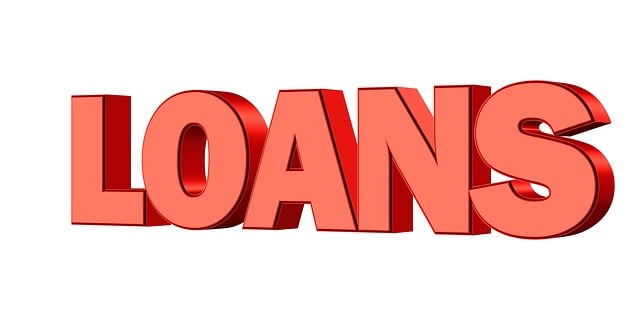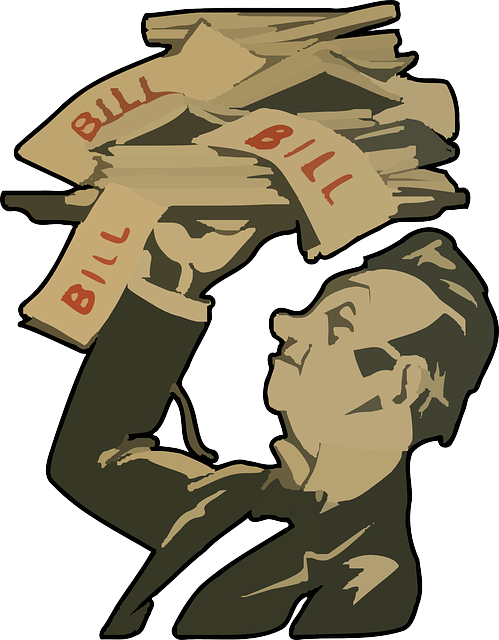Debt consolidation offers South Africans a strategic solution to manage multiple debts and high-interest rates, simplifying obligations and reducing expenses. While the local financial landscape presents challenges like high inflation and varying interest policies, it also offers opportunities for better terms and rates. This guide provides a step-by-step approach for consolidating debt in South Africa, emphasizing assessment, comparison of interest rates, loan or credit card transfer choices, application with eligible docs, and tailored repayment planning. The goal is to simplify debt management and reduce overall interest expenses.
In the face of mounting debt, many South Africans are seeking financial freedom through consolidation. This article explores the consolidation of debt in South Africa, a powerful tool for managing and reducing debt burdens. We’ll delve into the unique challenges and opportunities presented by the South African landscape, offering a step-by-step guide to crafting an effective consolidation of debt plan tailored to local conditions. Take control of your finances and discover the path to financial stability.
- Understanding Debt Consolidation: A Tool for Financial Freedom
- The South African Landscape: Challenges and Opportunities in Debt Consolidation
- Step-by-Step Guide to Crafting an Effective Debt Consolidation Plan
Understanding Debt Consolidation: A Tool for Financial Freedom

Debt consolidation is a powerful tool that allows individuals to gain control over their financial obligations and secure their future. In the context of South Africa, where managing multiple debts can be challenging due to various economic factors, consolidating debt offers a strategic approach to overcoming financial strain. This process involves combining multiple loans or debts into one single loan with potentially lower interest rates and more manageable terms.
By consolidating debt in South Africa, individuals can simplify their financial situation, reduce the stress associated with numerous repayment dates, and save money on interest payments. It provides an opportunity for a fresh start, allowing debtors to focus on rebuilding their financial health and achieving long-term stability. This strategy is particularly beneficial for those burdened by high-interest rates or multiple credit card debts, enabling them to pay off their loans more efficiently and avoid further accumulation of debt.
The South African Landscape: Challenges and Opportunities in Debt Consolidation

The South African financial landscape presents a unique set of challenges and opportunities for those seeking debt consolidation. With a diverse range of lenders and borrowing options, individuals have the potential to access better terms and rates when consolidating their debts. However, the country’s complex economic environment also brings complexities; high inflation rates and varying interest policies across lenders can make it challenging to find the most suitable consolidation solution.
Many South Africans face the burden of multiple debts, often with differing repayment structures and rates. Consolidating these debts into a single loan offers several advantages, such as simplified repayments and potentially lower overall interest expenses. This is especially beneficial for those struggling to keep up with multiple debt obligations. By taking control through consolidation, individuals can better manage their finances and work towards achieving long-term financial stability.
Step-by-Step Guide to Crafting an Effective Debt Consolidation Plan

Creating a debt consolidation plan is a strategic move to gain control over your finances and alleviate the burden of multiple debts. Here’s a step-by-step guide tailored for individuals in South Africa looking to consolidate their debt:
1. Assess Your Financial Situation: Start by evaluating your current financial state. Make a list of all your debts, including the amount owed, interest rates, and minimum repayment amounts. This comprehensive overview will help you identify areas where consolidation can make a significant impact.
2. Compare Interest Rates: One of the primary benefits of debt consolidation is lowering interest expenses. Research and compare the interest rates on your existing debts. Look for options that offer lower rates, such as consolidation loans or credit card balance transfers. In South Africa, many financial institutions provide competitive rates, making this a viable strategy to save money over time.
3. Choose a Consolidation Method: Decide whether you want to consolidate all your debts into one new loan (a debt consolidation loan) or use a credit card with a low-interest promotional period. Evaluate the terms and conditions of each option, considering factors like repayment periods, fees, and any hidden costs. A professional financial advisor can assist in selecting the most suitable method for your circumstances.
4. Apply for Consolidation: Once you’ve chosen your preferred consolidation method, submit an application. Ensure that you meet the eligibility criteria and provide all necessary documentation accurately. Lenders will assess your creditworthiness and income to determine approval. In South Africa, a good credit score can increase your chances of securing favourable terms.
5. Repayment Plan: Work with your lender or financial institution to create a repayment plan. Set realistic goals for paying off the consolidated debt within a specific timeframe. Consider setting up automatic payments to ensure timely repayments and avoid penalties.
In light of the above discussions, it’s clear that creating a debt consolidation plan is a powerful strategy for South Africans seeking financial freedom. By understanding consolidation and its unique relevance in the local context, individuals can navigate the challenges of high interest rates and diverse debt types. With a well-crafted consolidation plan, managing debt becomes more manageable, paving the way to a secure financial future. This comprehensive guide has equipped readers with the knowledge to take control of their finances and make informed decisions regarding the consolidation of debt in South Africa.







